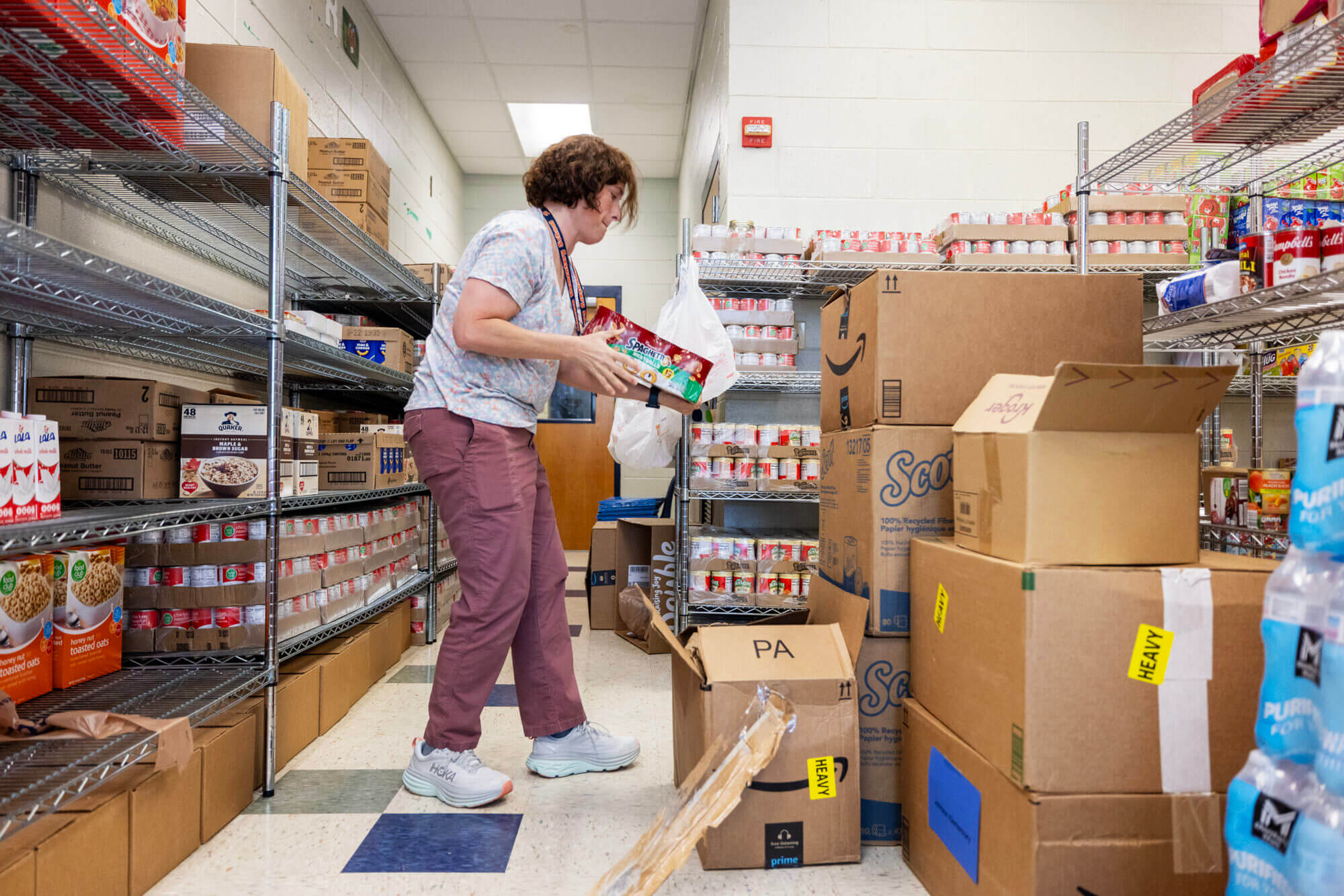

It is Monday of Egg Bowl Week, and we are in unchartered territory – even for Lane Kiffin.

I mean this in two ways. First, his Ole Miss Rebels are 10-1 heading into the Egg Bowl, needing only a victory over 5-6 Mississippi State to either earn a bye or a first-round home game in the FBS playoffs. Ole Miss, for the first time since integration, is a legit national championship contender in late November. Secondly, 28 years into his coaching career at age 50, the immensely talented Kiffin has taken his otherwise tired act – that of narcissistic coaching diva – to a new level with his highly public flirtations with Florida and LSU.
Will Kiffin leave Ole Miss for Florida – or, more likely, LSU – or will he stay at Ole Miss and coach his team in the playoffs and beyond? It is almost as if he is a high school recruit, sitting at a press conference with three caps in front of him. Which will he choose?
I have no clue what will happen Friday in Starkville and then Saturday in Oxford when Kiffin’s decision is supposed to come, but clearly Kiffin already has worn out his welcome with a huge segment of Ole Miss faithful.
None of this is normal.
I do have a clue about this: If Kiffin chooses to leave Ole Miss and his team with it headed into the playoffs, that will be his everlasting legacy. He forever will be the coach who deserted his team at its moment of highest achievement.
Think about it, Brian Kelly was roundly criticized for leaving Notre Dame for LSU when the Irish were still under playoff consideration (not when they were already in). Kelly famously left Notre Dame because he thought LSU afforded him a better opportunity to coach a national championship team. We see how that turned out. Notre Dame, under Kelly’s successor, Marcus Freeman, has at least played for the national championship earlier this year. Meanwhile, LSU has fired Kelly, who never made the playoffs at Baton Rouge, and now the school is scheming every which way on how to not pay Kelly what’s left on his contract.
None of that would appear to matter to Kiffin, who seems completely oblivious to the image he portrays. That is a telling characteristic of a narcissist, a person who exhibits a grandiose sense of self-importance, a need for excessive admiration, a lack of empathy, and a sense of entitlement. A diva simply enjoys all the attention.
Many, including Kiffin’s former boss, Nick Saban, blame the current college football system for the situation Kiffin and Ole Miss find themselves in. And, yes, it is a bad system. But for my money what Kiffin is doing can’t all be blamed on the system.
Kiffin has spoken in the past about how OIe Miss and the Oxford community have been integral in his personal growth and transformation. He has gone so far as to say he needed Oxford and Ole Miss more than Oxford and Ole Miss have needed him. I would agree. But they have been good for each other. If Ole Miss wins Friday, as the Rebels are favored to do, that will make 50 victories over the past five seasons. Yes, Kiffin, an offensive genius, has been good for Oxford. Ole Miss enrollment is up nearly 17 percent over that period. Coincidence? No.
But then Ole Miss has compensated Kiffin royally for his success. He makes nearly $10 million a year, more than twice what any Ole Miss coach has made before him. The university has raised his assistants’ salary pool to a point where it is competitive with any. Ole Miss has been on the cutting edge in NIL compensation for its football athletes. Ole Miss held its nose and abided Kiffin’s well publicized dalliance with Auburn three years ago – one that ruined another promising season – and has given Kiffin almost a blank check for what he needs to compete with the nation’s football powerhouses. What’s more, Keith Carter has pledged to provide even more. And yet Kiffin’s family has made quite public visits to Gainesville and Baton Rouge to check out schools and neighborhoods. Said one of my most loyal friends, a zealous Ole Miss fan for more than six decades, “I just wish Lane wouldn’t rub our faces in it.”
Kiffin, however, is oblivious.
One person, whose opinion I highly value, tells me I am overreacting to Kiffin’s public waffling. He says the Ole Miss-Lane Kiffin situation is the new normal in college athletics. He says the coaches are mercenaries and the players are mercenaries, as well. Get used to it.
Further, he says, “The days of college coaches and athletes caring for the school as much as the fans and alumni are over, gone forever.“
The more I think about it, the more I realize he is correct. But I don’t have to like it. And I don’t.



















